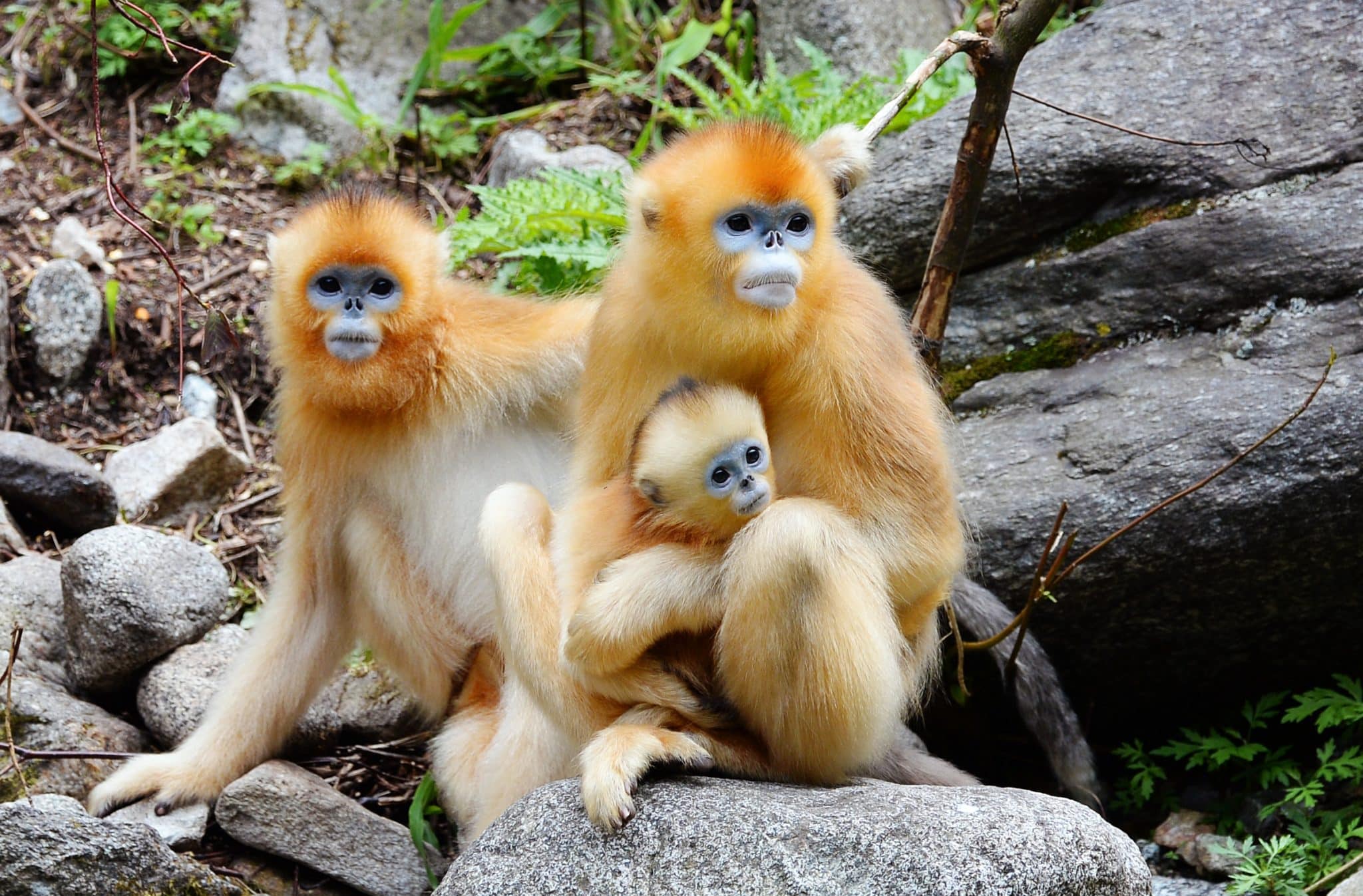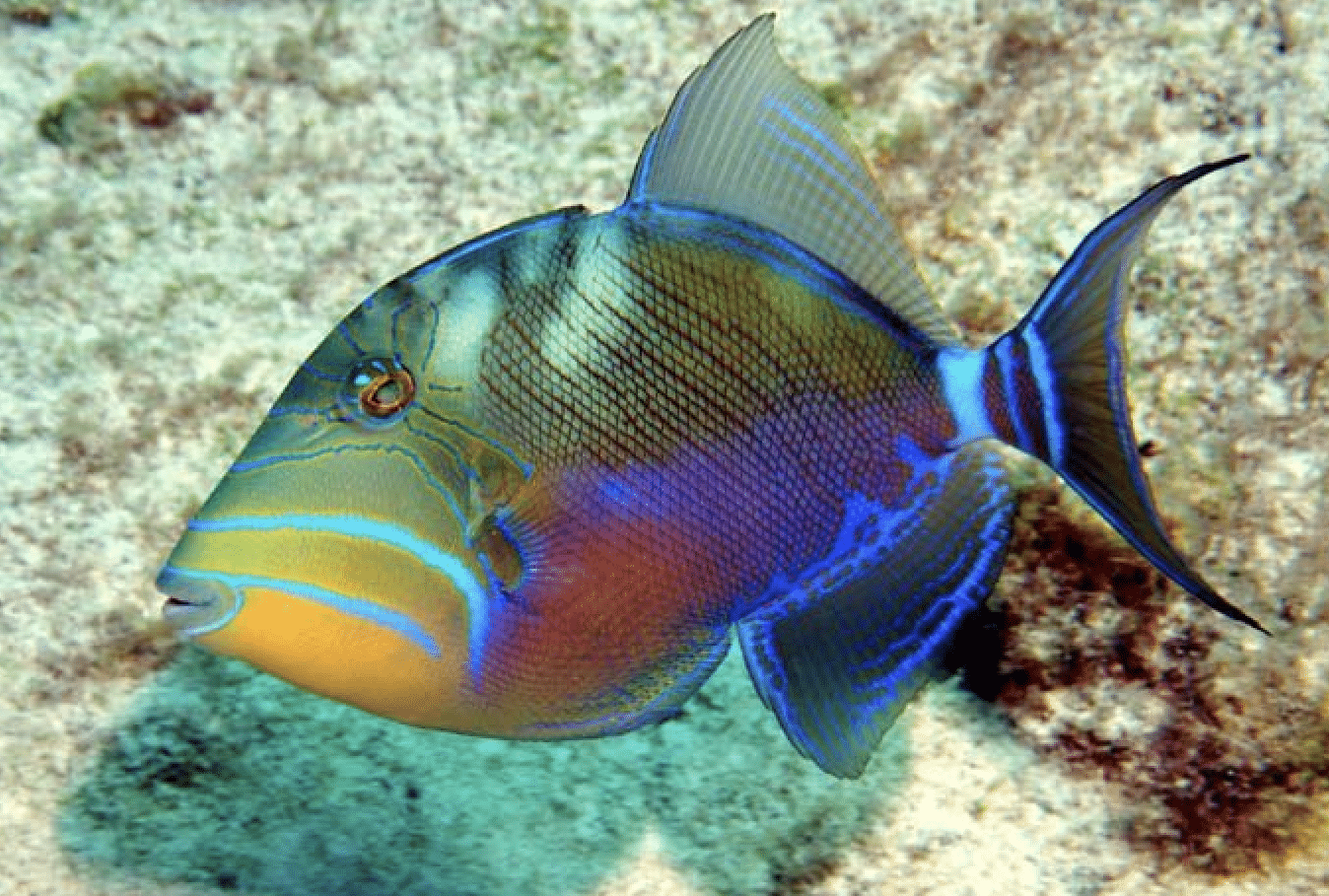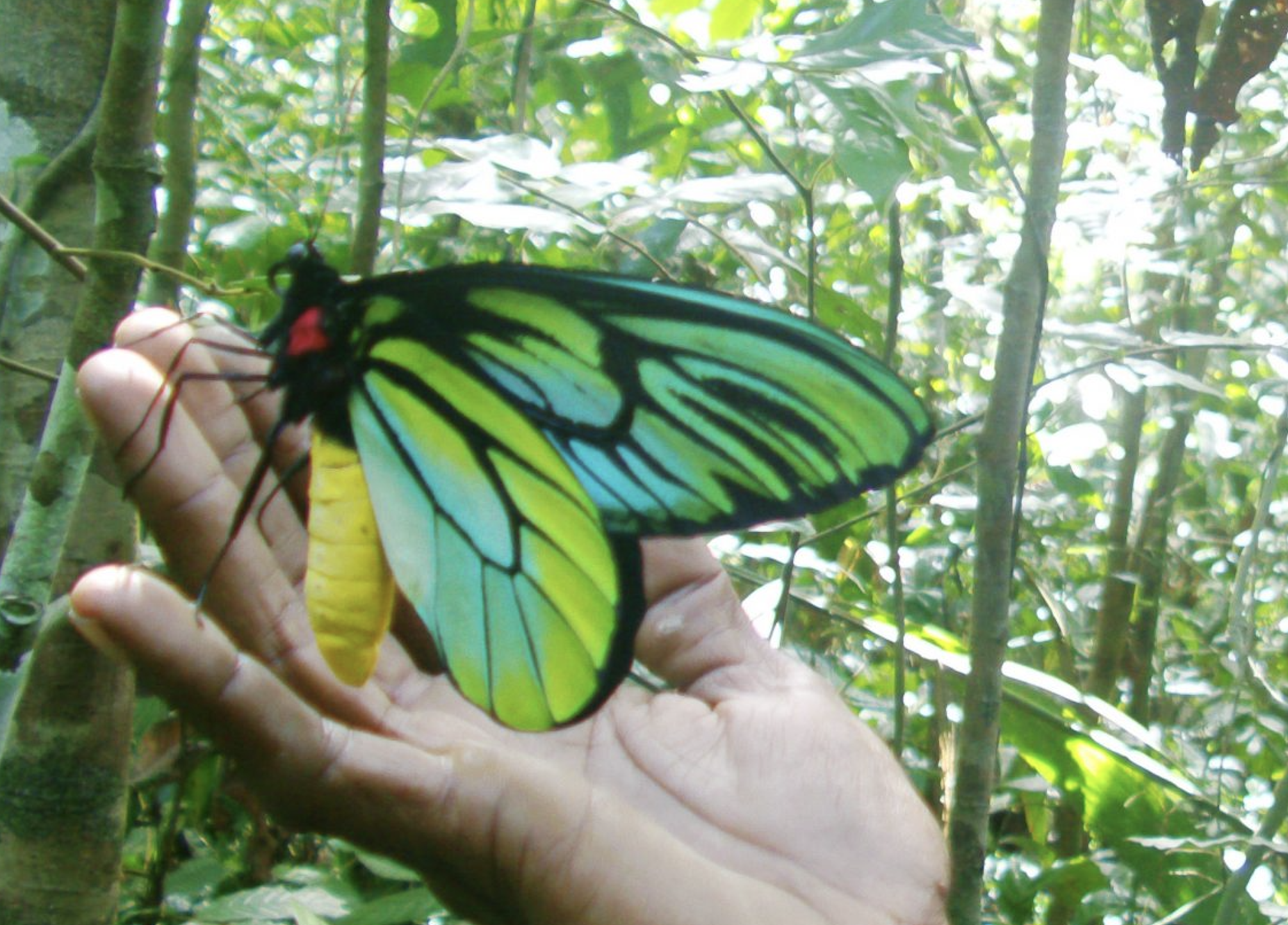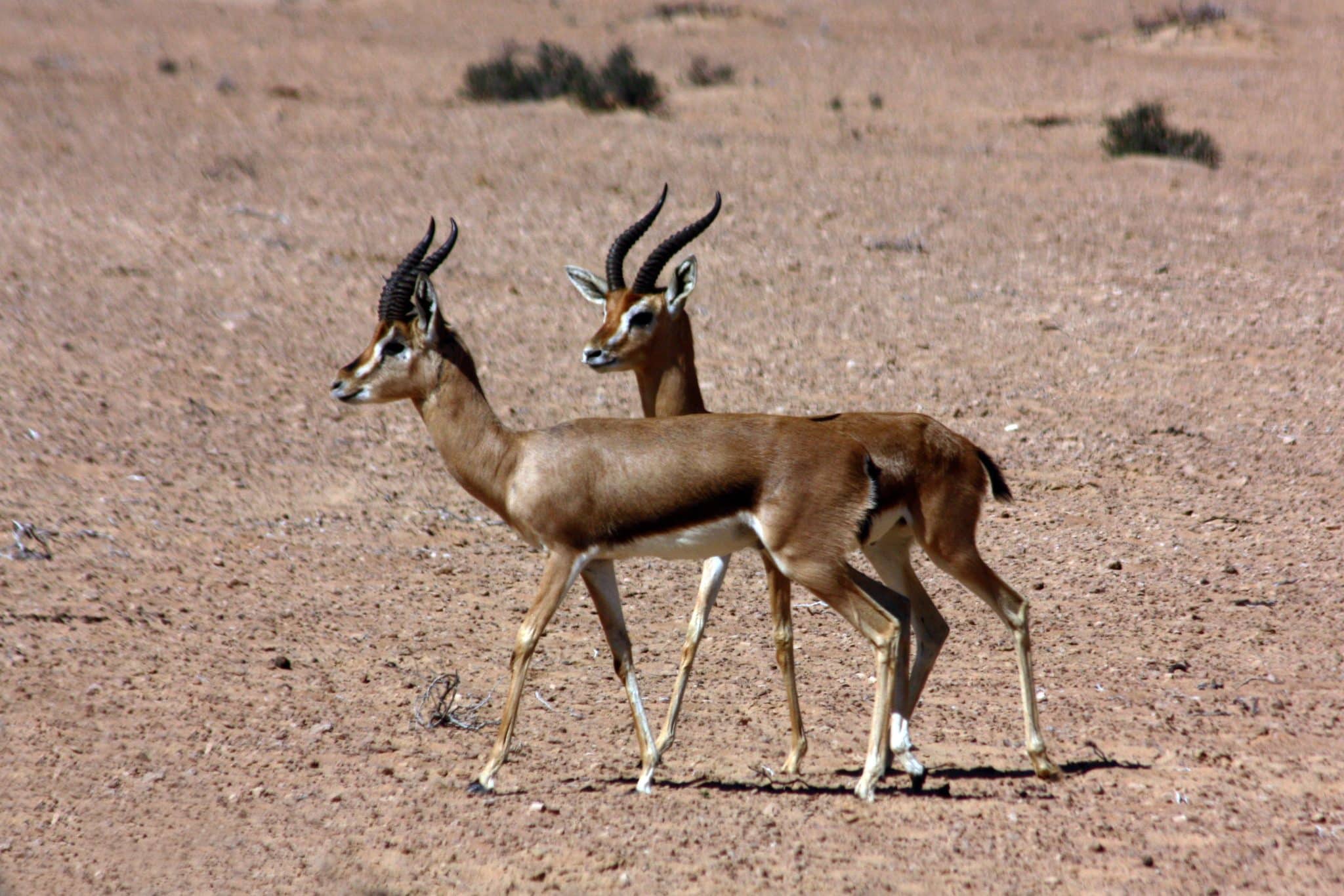Animals are generally categorized based on their shared traits. Other than the scientific classification, animals may be grouped based on alphabets.
Undoubtedly, there is immense diversity among living beings, which is true for animals that start with Q.
This blog will help you see the biodiversity, even for animals beginning with the same alphabet, Q.
This blog will also highlight various important aspects of each organism. This includes their habitat, origin, scientific name, and much more.
You will realize how unique each animal is, and just like their peculiarities, they contribute to nature in a unique manner.
Are you curious to find out? Start reading and find interesting facts about each animal, beginning with Q!
List of Animals That Start With Q
1. Quokka
- Origin: Australia
- Habitat: Coastal areas, scrublands
- Diet: Herbivorous, mainly eats grasses and leaves
- Size: Small, about 40-54 cm (16-21 inches) in length
- Scientific Name: Setonix brachyurus
Brief Description: Quokkas are small marsupials known for their friendly appearance and often referred to as the “happiest animal in the world” due to their smiling expression.
Interesting Facts:
- Quokkas are known for their fearless nature and are often seen approaching humans in a nonchalant manner.
- They are nocturnal herbivores, but their diet may include small insects and other invertebrates.
2. Queen Angelfish
- Origin: Western Atlantic, Caribbean
- Habitat: Coral reefs
- Diet: Omnivorous, feeding on sponges, algae, and small invertebrates
- Size: Medium-sized, typically around 30 cm (12 inches)
- Scientific Name: Holacanthus ciliaris
Brief Description: Queen angelfish are brightly colored marine fish with vibrant blue and yellow patterns. They are known for their striking appearance and can be found in coral-rich environments.
Interesting Facts:
- Queen angelfish are monogamous and form mating pairs that defend their territory together.
- Juvenile queen angelfish have a different coloration, featuring dark blue bodies with electric blue rings.
3. Quoll
- Origin: Australia, New Guinea, and Tasmania
- Habitat: Varied, including forests, grasslands, and coastal areas
- Diet: Carnivorous, preying on insects, small mammals, and birds
- Size: Small to medium-sized, around 25-75 cm (10-30 inches) in length
- Scientific Name: Dasyurus spp. (various species)
Brief Description: Quolls are carnivorous marsupials with spotted fur and a pointed snout. They are agile climbers and nocturnal hunters.
Interesting Facts:
- Quolls have a pouch that opens towards the back, making it less noticeable than the forward-opening pouches of other marsupials.
- Some species of quolls are endangered due to habitat loss and competition with introduced predators.
4. Qinling Panda
- Origin: China (specifically in the Qinling Mountains)
- Habitat: Temperate mountain forests
- Diet: Herbivorous, primarily bamboo
- Size: Similar to other giant pandas, around 1.2 to 1.9 meters (4 to 6 feet) in length
- Scientific Name: Ailuropoda melanoleuca qinlingensis
Brief Description: The Qinling panda is a subspecies of the giant, distinguishable by its smaller size and different coloration patterns.
Interesting Facts:
- Qinling pandas have smaller skulls and shorter limbs than other giant panda subspecies.
- They are critically endangered, with an estimated population of around 200 individuals, mainly due to habitat fragmentation and human activities.
5. Qinling Golden Snub-nosed Monkey
- Origin: China (Qinling Mountains)
- Habitat: Temperate mountain forests
- Diet: Herbivorous, primarily consuming lichens, leaves, and bark
- Size: Medium-sized, with a length of around 55-75 cm (22-30 inches)
- Scientific Name: Rhinopithecus roxellana qinlingensis
Brief Description: These monkeys are known for their distinctive upturned noses and golden fur. They inhabit high-altitude mountainous areas.
Interesting Facts:
- Qinling golden snub-nosed monkeys live in large, complex social groups with multiple males, females, and offspring.
- They are adapted to cold climates and can endure harsh winter conditions.
6. Quahog
- Origin: North America
- Habitat: Coastal waters, sandy or muddy bottoms
- Diet: Filter feeders, extracting plankton and organic particles from the water
- Size: Medium to large, with shell diameters ranging from 4 to 6 inches (10 to 15 cm)
- Scientific Name: Mercenaria mercenaria
Brief Description: Quahogs are hard-shelled clams with a dark exterior and are commercially harvested for their meat.
Interesting Facts:
- Quahogs can live for a long time, with some individuals reaching over 500 years of age.
- They have growth rings on their shells, much like tree rings, which scientists can use to estimate their age.
7. Quetzal
- Origin: Central America, specifically in cloud forests
- Habitat: Montane cloud forests, often near the canopy
- Diet: Omnivorous, feeding on fruits, insects, and small vertebrates
- Size: Medium-sized, around 30-40 cm (12-16 inches) in length
- Scientific Name: Pharomachrus spp. (various species)
Brief Description: Quetzals are colorful birds known for their vibrant green and red plumage, and they are revered in various Mesoamerican cultures.
Interesting Facts:
- The resplendent quetzal, found in Central America, is the national bird of Guatemala.
- The long tail feathers of male quetzals were used as currency by ancient civilizations in Mesoamerica.
8. Quillback Rockfish
- Origin: North Pacific, from Japan to Alaska
- Habitat: Rocky reefs and deep-sea environments
- Diet: Carnivorous, preying on smaller fish and invertebrates
- Size: Medium-sized, reaching lengths of about 30-40 cm (12-16 inches)
- Scientific Name: Sebastes maliger
Brief Description: The quillback rockfish is a bottom-dwelling fish with spines on its dorsal fins and a mottled coloration for camouflage.
Interesting Facts:
- Quillback rockfish are slow-growing and can live for several decades.
- They are part of the larger rockfish family, including various species inhabiting different oceanic regions.
9. Quagga
- Origin: Southern Africa
- Habitat: Grasslands and savannas
- Diet: Herbivorous, primarily grazing on grasses
- Size: Medium to large, with a body length of around 2.5 meters (8 feet)
- Scientific Name: Equus quagga quagga (extinct)
Brief Description: The quagga was a subspecies of the plains zebra, known for its unique and limited striping pattern.
Interesting Facts:
- The quagga became extinct in the late 19th century, and conservation efforts are ongoing to reintroduce a zebra population with quagga-like characteristics potentially.
- Unlike other zebras, the quagga had stripes only on its head and neck, with a brownish body resembling a horse.
10. Quarter Horse
- Origin: United States
- Habitat: Domesticated, found worldwide in various climates
- Diet: Herbivorous, mainly grazing on grass and hay
- Size: Medium-sized, standing around 14-16 hands (56-64 inches) at the shoulder
- Scientific Name: Equus ferus caballus (domesticated breed)
Brief Description: The Quarter Horse is a popular and versatile horse breed known for its agility, speed, and ability to perform well in short-distance races.
Interesting Facts:
- Quarter Horses are often used in rodeo events, including barrel racing and calf roping.
- They are named “Quarter Horse” for their historical prowess in short-distance sprints, typically covering a quarter of a mile.
11. Queen Triggerfish
- Origin: Tropical and subtropical waters, including the Atlantic and Indo-Pacific
- Habitat: Coral reefs and rocky areas
- Diet: Omnivorous, feeding on a variety of invertebrates, algae, and small fish
- Size: Medium to large, reaching lengths of about 30-60 cm (12-24 inches)
- Scientific Name: Balistes vetula
Brief Description: The Queen Triggerfish is a colorful and distinctive reef fish with a unique pattern on its body and a retractable dorsal spine.
Interesting Facts:
- Queen Triggerfish are known for their ability to produce a grunting sound by grinding their teeth, which serves as a form of communication.
- They are territorial and may aggressively defend their nesting sites.
12. Queen Alexandra’s Birdwing
- Origin: Papua New Guinea
- Habitat: Rainforests
- Diet: Herbivorous, feeding on nectar from flowers
- Size: Large, with a wingspan of up to 31 cm (12 inches)
- Scientific Name: Ornithoptera alexandrae
Brief Description: Queen Alexandra’s Birdwing is the largest butterfly in the world, known for its vibrant colors and impressive wingspan.
Interesting Facts:
- The male of this species has striking iridescent blue and green wings, while the female has a brown coloration.
- Due to habitat loss and over-collecting, it is considered an endangered species.
13. Quelea
- Origin: Sub-Saharan Africa
- Habitat: Grasslands, savannas, and agricultural areas
- Diet: Herbivorous, primarily feeding on grains and seeds
- Size: Small to medium-sized, with various species within the Quelea genus
- Scientific Name: Quelea spp. (various species)
Brief Description: Quelea is a genus of small passerine birds, often known for their large flocks and agricultural pest status.
Interesting Facts:
- Red-billed quelea is one of the most abundant bird species globally, with enormous flocks that can cause significant crop damage.
- Quelea birds are highly social and form immense colonies, especially during breeding.
14. Queen Snake
- Origin: North America
- Habitat: Streams, rivers, and other freshwater habitats
- Diet: Carnivorous, feeding on aquatic invertebrates
- Size: Medium-sized, around 30-61 cm (12-24 inches)
- Scientific Name: Regina septemvittata
Brief Description: The Queen Snake is a non-venomous snake species known for its aquatic habits and streamlined body.
Interesting Facts:
- Queen Snakes are often found near water, feeding on soft-bodied aquatic invertebrates like crayfish.
- They are secretive and prefer to hide in vegetation or under rocks.
15. Quince Monitor

- Origin: Australia
- Habitat: Arid regions, including deserts and rocky areas
- Diet: Carnivorous, preying on insects, small mammals, and reptiles
- Size: Medium-sized, around 50-70 cm (20-28 inches)
- Scientific Name: Varanus melinus
Brief Description: The Quince Monitor is a monitor lizard known for its distinctive coloration and powerful limbs.
Interesting Facts:
- Quince Monitors are agile climbers and are often observed basking on rocks or in trees.
- They are part of the Varanus genus, which includes various monitor lizard species.
16. Queensland Grouper Fish
- Origin: Indo-Pacific, specifically around northern Australia
- Habitat: Coral reefs, rocky areas, and coastal waters
- Diet: Carnivorous, feeding on fish, crustaceans, and cephalopods
- Size: Large, reaching lengths of up to 2.5 meters (8 feet) or more
- Scientific Name: Epinephelus lanceolatus
Brief Description: The Queensland Grouper is a massive and powerful fish with a distinctive appearance, often characterized by its broad head and robust body.
Interesting Facts:
- Queensland Groupers are known for their solitary nature, often found in caves or crevices during the day.
- They have a remarkable ability to change color, adapting to their surroundings.
17. Queen Snapper Fish
- Origin: Western Atlantic, including the Caribbean Sea and the Gulf of Mexico
- Habitat: Deep offshore waters, often near coral reefs and rocky areas
- Diet: Carnivorous, preying on small fish and invertebrates
- Size: Medium-sized, typically around 30-60 cm (12-24 inches)
- Scientific Name: Etelis oculatus
Brief Description: The Queen Snapper is a deep-sea fish known for its vibrant coloration, with a predominantly red body and a distinct dark spot near its tail.
Interesting Facts:
- Anglers prize queen Snappers for their delicious flesh and are popular targets for commercial fisheries.
- They are often caught using deep-sea fishing techniques due to their habitat preferences.
18. Queensland Tube-nosed Bat
- Origin: Australia, specifically in the rainforests of Queensland
- Habitat: Forested areas, roosting in tree hollows and caves
- Diet: Insectivorous, feeding on a variety of flying insects
- Size: Small to medium-sized, with a wingspan of around 30 cm (12 inches)
- Scientific Name: Nyctimene robinsoni
Brief Description: The Queensland Tube-nosed Bat is known for its distinctive tubular nostrils and large, pointed ears.
Interesting Facts:
- They are primarily nocturnal, foraging for insects during the night using echolocation.
- Queensland Tube-nosed Bats are important for maintaining insect populations that contribute to the balance of ecosystems.
19. Queen of Sheba’s Gazelle
- Origin: Yemen and Saudi Arabia, specifically in arid regions
- Habitat: Deserts, rocky plateaus, and semi-arid areas
- Diet: Herbivorous, grazing on grasses, herbs, and shrubs
- Size: Small to medium-sized, with a height of around 65-75 cm (26-30 inches)
- Scientific Name: Gazella bilkis
Brief Description: The Queen of Sheba’s Gazelle is a gazelle species named after the legendary Queen of Sheba and known for its elegant appearance.
Interesting Facts:
- This gazelle is adapted to harsh desert conditions, with specialized hooves for traversing sandy terrain.
- Queen of Sheba’s Gazelles are classified as a vulnerable species, facing habitat loss and hunting threats.
20. Quaira Spiny Rat
- Origin: South America, specifically in the Gran Sabana region of Venezuela
- Habitat: Grasslands, savannas, and rocky areas
- Diet: Herbivorous, feeding on grasses, seeds, and vegetation
- Size: Medium-sized, with a body length of around 20-25 cm (8-10 inches)
- Scientific Name: Proechimys aff. cuvieri
Brief Description: The Quaira Spiny Rat is a rodent species characterized by its spiny fur and a long tail.
Interesting Facts:
- Quaira Spiny Rats are known for their distinctive spines, which serve as a form of protection against predators.
- They are important for maintaining the balance of ecosystems by participating in seed dispersal.
21. Queensland Lungfish
- Origin: Australia, specifically in the Mary and Burnett river systems in Queensland
- Habitat: Slow-flowing rivers, lakes, and ponds with mud or sandy bottoms
- Diet: Omnivorous, feeding on small fish, insects, and plant matter
- Size: Large, with adults reaching lengths of up to 1.5 meters (5 feet) or more
- Scientific Name: Neoceratodus forsteri
Brief Description: The Queensland Lungfish is a unique and ancient fish species known for its ability to breathe air using a specialized lung.
Interesting Facts:
- Queensland Lungfish are often called “living fossils” because they are considered one of the oldest living fish species.
- They have a dual respiratory system, using gills and a lung to extract oxygen.
22. Quacking Frog
- Origin: Australia, specifically in the eastern parts of the country
- Habitat: Forested areas, wetlands, and grasslands
- Diet: Insectivorous, feeding on a variety of small invertebrates
- Size: Small to medium-sized, with some species ranging from 3-8 cm (1-3 inches)
- Scientific Name: Crinia spp. (various species)
Brief Description: Quacking Frogs are a group of frog species known for their distinctive calls that resemble the sound of a duck quacking.
Interesting Facts:
- Different species of Quacking Frogs have different calls, contributing to the diversity of sounds in their habitats.
- They are primarily nocturnal, with breeding activities often occurring during the wet season.
23. Quebrada Valverde Salamander
- Origin: Mexico, specifically in the Sierra Madre Oriental
- Habitat: Cloud forests, montane regions, and humid environments
- Diet: Carnivorous, preying on small invertebrates
- Size: Small, with a length of around 7-10 cm (3-4 inches)
- Scientific Name: Bolitoglossa diminuta
Brief Description: The Quebrada Valverde Salamander is a terrestrial salamander species with a slender body and distinctive coloration.
Interesting Facts:
- These salamanders are often associated with mossy areas and decaying logs in cloud forests.
- They undergo direct development, skipping the aquatic larval stage and hatching as miniature versions of the adults.
24. Quagga Catshark
- Origin: Off the coast of South Africa
- Habitat: Deep-sea environments, typically on the continental slope
- Diet: Carnivorous, feeding on small fish and invertebrates
- Size: Small to medium-sized, reaching lengths of around 50-70 cm (20-28 inches)
- Scientific Name: Poroderma pantherinum
Brief Description: The Quagga Catshark is known for its distinctive coloration and patterned markings.
Interesting Facts:
- Quagga Catsharks are named after the quagga, an extinct zebra-like mammal, due to their striped patterns.
- They are deep-sea dwellers, often found at depths ranging from a few hundred to over a thousand meters.
Summing It Up
Although there is a huge diversity among living beings, there seems to be less diversity when we dwell in animals that start with Q.
Some of the animals mentioned above or organisms, such as the Quagga, are extinct, while others are endangered.
Conservation efforts are underway to prevent these animals from becoming extinct.
Nevertheless, what we observed in the list was wholesome as it highlighted each animal’s diverse roles and habitats that start with Q.
Which animal did you find the most intriguing? Tell us in the comments below.

























